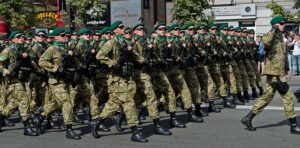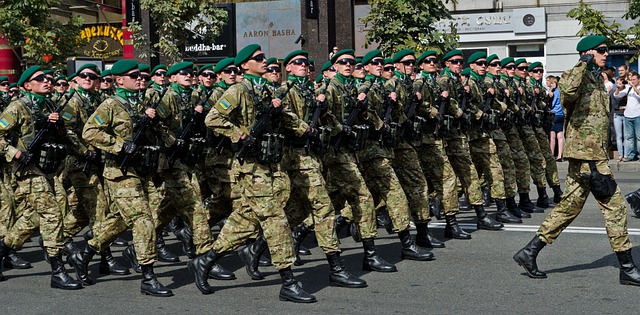The road to hostilities between Ukraine and Russia

TORONTO – This “crisis” has been brewing for some time. All countries are sizing up what to do and how to react, as Russia keeps “pushing the envelope”. Canada will not really have much choice if actions will stem from obligations to other NATO Allies. Ukraine is not one of them.
That does not oblige us to stay put. And, in fairness, we have already started to move our military personnel stationed in the area to the territory of our closest NATO ally – Poland – just in case. Why we would engage is dependant on a variety of issues which could define Canadian interests, even if Ukraine is some 7,750 km distant (Toronto – Kiev).
From 2016 to 2020, bilateral merchandise trade between Canada and Ukraine averaged $340.6 million annually (Statistics Canada. Just for context, that is roughly equivalent to 20% of the budget to operate the Toronto Catholic district school board annually.
The numbers are even less impressive when one considers that the $340.6 million reflect Canada’s merchandise exports to Ukraine of $213.4 million, and Canada’s merchandise imports from Ukraine of $127.3 million – for a net trade balance in Canada’s favour of $86.1 million.
For all the “airtime” devoted to Ukraine and the sabre rattling associated with Russian intentions on their common border, we are likely to do either nothing or very little if anything does happen. Well, not really. We will do a lot of “talking”.
Talking has some value. Our membership in the North Atlantic Treaty Organization (NATO), and our Allies in it, would demand we speak with one voice. The more we talk; the less likely people may be to resort to shooting. This is especially so if the rhetoric surrounding Russian advances continues to focus on Ukrainian desires to balance Russian political and military influence in the area by seeking membership in NATO as the cause of the latest bellicose threats.
Simply put, and nothing is simple in diplomacy, Ukraine’s national interests may be best served by joining NATO. Such a move may not be in Russia’s best interests and is not being perceived as such by President Putin. That explains the long and increasing list of European Leaders trekking to Moscow in an effort to defuse the situation.
The World has “seen this movie before”. When the former U.S.S.R. (in which Ukraine was a member) collapsed in the early ’90s, Canada became the first western country to recognize Ukraine’s independence, December 2, 1991.
Global Affairs’ website boasts the fact that “Canada and Ukraine have enjoyed a close relationship since. Our bilateral relationship is strengthened by warm people-to-people ties, rooted in the Ukrainian-Canadian community of 1.3 million people.”
Moreover, “the 1994 Joint Declaration on Special Partnership recognizes Canada’s support for the development of Ukraine and the importance of bilateral cooperation”. Laudable, but we have not put much else in the window. Nor are we likely to do so unless all other NATO powers decide to act in concert. After all, they are closer to the situation and will be the first to feel the consequences if someone lights the fuse.
Talking may keep that possibility at bay.
In the pic, an Ukrainan militar parade (image by Oleg Mityukhin from Pixabay)



